Description
The largest Peterson pawpaw with the fewest seeds. Fruits frequently weigh more than a pound and have a thicker skin than other pawpaws, making them less prone to bruising. Seed volume by weight is just 3% of the fruit. This variety is super-sweet, with a firm, buttery texture and very rich, intense pawpaw flavor that’s like no other fruit. Moderate to good yields, which can be improved by proper pruning. Tolerant of afternoon shade and is cold-hardy. Ripens in October. Grafted. For proper pollination, plant another grafted variety nearby.
Survival Guaranteed!
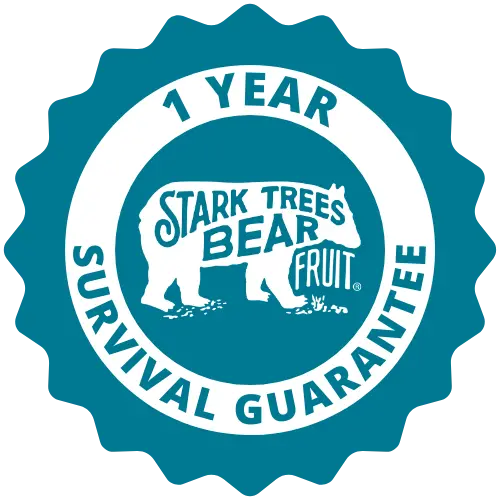

Since 1816, Stark Bro’s has promised to provide customers with the very best fruit trees and plants. It’s just that simple. If your trees or plants do not survive, please let us know within one year of delivery. We will send you a free one-time replacement, with a nominal shipping fee of $9.99. If the item in question is not available, we can issue a one-time credit to your account equaling the original product purchase price or issue you a refund. Read more about our warranty policy.
Characteristics
| Bloom Color | Purple |
| Fruit Color | Yellow |
| Fruit Size | Large |
| Hardiness Zone Range | 5 - 9 |
| Pollination | Pollinator Required |
| Ripens/Harvest | October |
| Shade/Sun | Full Sun |
| Soil Composition | Loamy |
| Soil Moisture | Well Drained |
| Soil pH Level | 5.5 - 7.0 |
| Taste | Sweet |
| Texture | Firm |
| Years to Bear | 2 - 4 |
Size & Spacing
Mature Size
Recommended Spacing
Zone Compatibility
Pollination
This variety requires another one for adequate pollination.
Tools & Supplies
Planting & Care
Learn all about how to grow pawpaw trees in The Growing Guide. An entire section of our website dedicated to your growing success.
Shipping Information
Arrives when it's time to plant
Questions & Answers
We appreciate you reaching out to us. Young pawpaw trees can be sensitive to full sunlight and require filtered sun for the first year or two. Once established, pawpaw trees produce the most fruit when grown in full sun. The solution here is to build a temporary shade cloth structure over young trees and remove it once they are older and established (you can tell once they start blooming that they're ready to fruit!) so that they can take advantage of the full sun exposure.
If you have any further questions please don't hesitate to reach back out to us. Have a great day!
Pollination is by flies not bees. Putting something rotten in my orchard helped my yield. The blossoms smell like rotten meat.
This works for me
Yes. Our farm has a dense deer population and hundreds of wild pawpaws and over 50 cultivated pawpaws scattered throughout the property. Deer never browse the leaves. However, we cage the trunks of our cultivated pawpaws to avoid having bucks rub the bark off of young trees (just in case). The only thing that eats our pawpaw leaves are the caterpillars of zebra swallowtail butterflies.
Sandie, you will need two or more varieties of paw paw in order to eventually get paw paw fruit. Your limited space can be a problem, but I do have a solution for you. If you only have room for one paw paw, purchase two different varieties and dig a large enough hole to plant them right next to each other in the same hole. Angle them slightly away from each other to allow them a little more space to grow without the trunks being right on top of each other. I have done this in my yard with other types of fruit trees and the results have been excellent!
That will depend upon which option you choose. Please see the "Choose an option" dropdown menu near the top of the page, which will show you the various sizes/options that are available.
We appreciate you reaching out to us. You can find the years-to-bear information in the Characteristics section, near the top of the page, underneath the description. This tree takes 2-4 years to bear. They do seem to be tolerant of the black walnut and I do not believe rust is an issue with pawpaws.
If you have any further questions please don't hesitate to reach back out to us. Have a great day!
We appreciate you reaching out to us. We use several different rootstocks, depending upon the desired result and what is available. For that reason, we're unable to guarantee a specific rootstock.
If you have any further questions please don't hesitate to reach back out to us. Have a great day!
Yes.
You can grow almost anything in a container! This excellent article will answer your questions and provide good advice. Please see "Growing Fruit Trees in Containers" //www.starkbros.com/growing-guide/article/fruit-trees-in-containers-pt1
We appreciate you reaching out to us. Because weather and soil conditions vary so much from year to year and even within your zone, it's best to think of your planting time as a range of favorable conditions instead of an exact time.
You can plant new plants and trees:
1) when the ground is not frozen.
2) when daytime temperatures are above freezing (32ºF) and below 90ºF.
3) when extreme weather (blizzard, hail, torrential rain, etc.) is not in the forecast. Be sure to keep plants watered if you're transplanting in warm and/or dry weather.
If you have any further questions please don't hesitate to reach back out to us. Have a great day!
Customer Reviews
I left the original plant in the ground and it produced growth below the graft. It's not going to be one of the "named" varieties but it appears to be growing.
I've purchased many plants from Stark and am extremely impressed with their replacement policy and the quality of their plants.

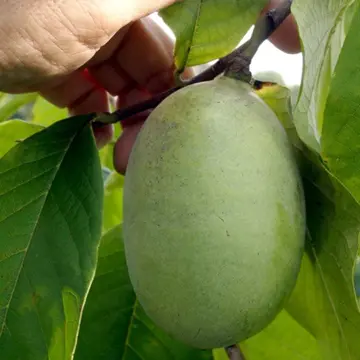
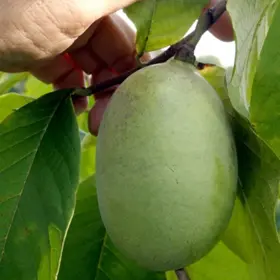

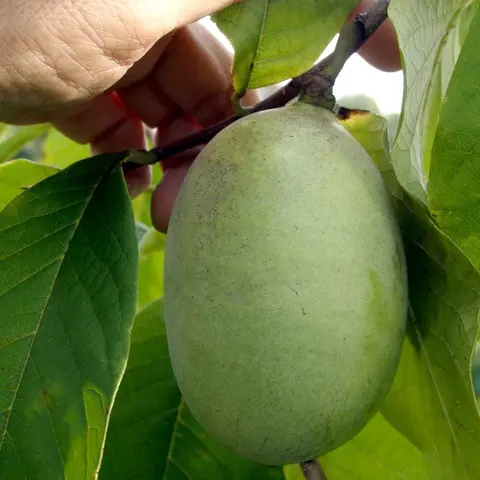
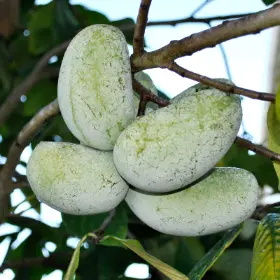
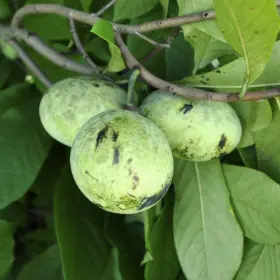
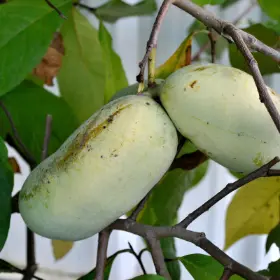
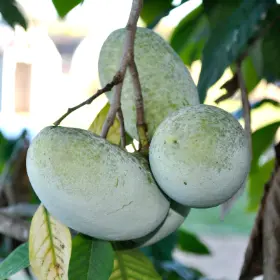
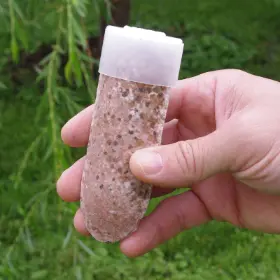
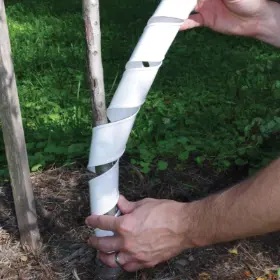

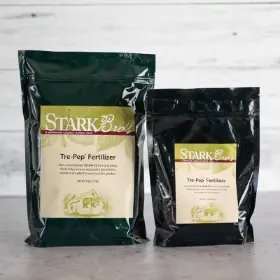
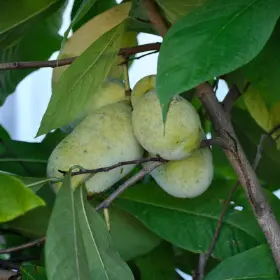
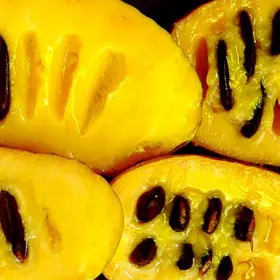
a Peterson cultivar, low seed percentage, large fruit, long holding
Another variety of pawpaw to plant with existing for better pollination and production, and for variety; the spice of life.
I did some research and chose this because it's a Peterson variety. The description seemed solid, and I went to college on the banks of the Susquehanna... so I thought it was a sign... lol
I like mango so this is the closest fruit to that for my zone